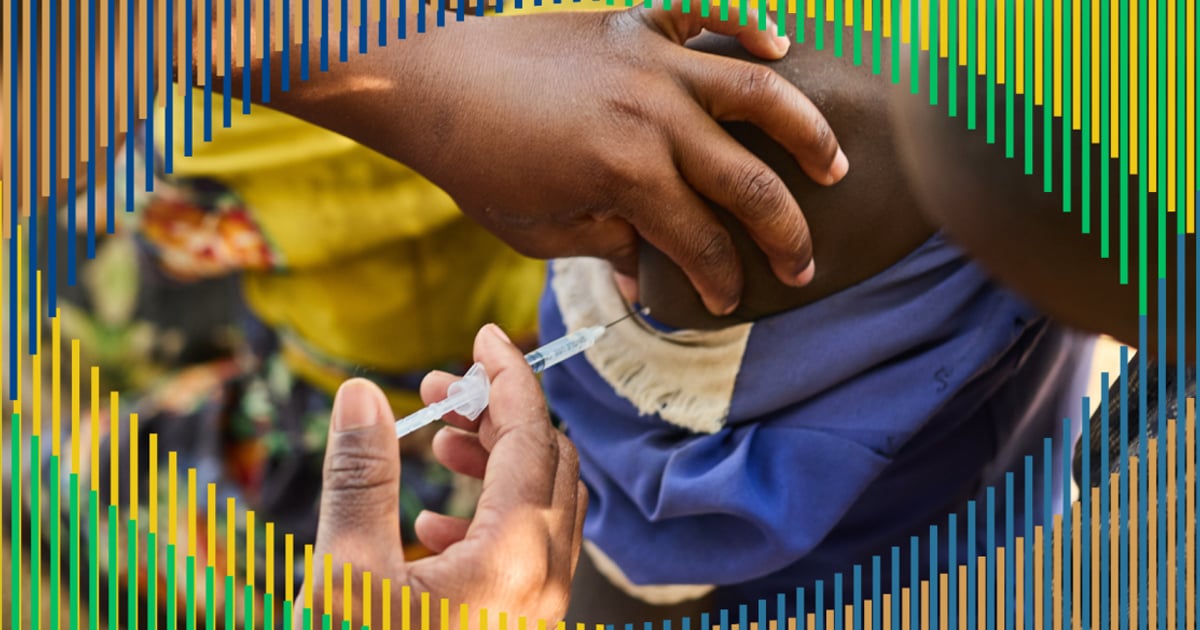- 3.4Impact Factor
- 9.9CiteScore
- 20 daysTime to First Decision
Inequality in Immunization 2025
This special issue belongs to the section “Vaccines and Public Health“.
Special Issue Information
Dear Colleagues,
Significant progress has been made in improving access to immunization worldwide, particularly for children. However, the benefits of increased vaccine access are not evenly distributed within or across countries. Research and monitoring have identified persistent and emerging gaps in both childhood and adult immunization, influenced by factors such as socioeconomic status, place of residence, and gender. These have been examined in previous Special Issues of Vaccines in 2023 and 2024, which showcased advancements in our understanding of immunization inequalities and presented options for immunization delivery that offer promise in addressing disparities. Emerging challenges like vaccine refusal and hesitancy exacerbate vaccine inequalities during times of reform, stability, and crisis. In the latest Special Issue on Inequality in Immunization, the third in our series, we aim to expand the existing body of evidence. We welcome research and review articles that explore immunization inequalities and articles that effectively address these inequities in meaningful and lasting ways. Understanding and bridging gaps in immunization may serve as a catalyst for health systems’ reform and resilience on the path to achieving the Sustainable Development Goals and beyond.
Dr. Ahmad Reza Hosseinpoor
Dr. Devaki Nambiar
Dr. Nicole Bergen
Dr. M. Carolina Danovaro
Dr. Hope L. Johnson
Dr. Ibrahim Dadari
Guest Editors
Manuscript Submission Information
Manuscripts should be submitted online at www.mdpi.com by registering and logging in to this website. Once you are registered, click here to go to the submission form. Manuscripts can be submitted until the deadline. All submissions that pass pre-check are peer-reviewed. Accepted papers will be published continuously in the journal (as soon as accepted) and will be listed together on the special issue website. Research articles, review articles as well as short communications are invited. For planned papers, a title and short abstract (about 250 words) can be sent to the Editorial Office for assessment.
Submitted manuscripts should not have been published previously, nor be under consideration for publication elsewhere (except conference proceedings papers). All manuscripts are thoroughly refereed through a single-blind peer-review process. A guide for authors and other relevant information for submission of manuscripts is available on the Instructions for Authors page. Vaccines is an international peer-reviewed open access monthly journal published by MDPI.
Please visit the Instructions for Authors page before submitting a manuscript. The Article Processing Charge (APC) for publication in this open access journal is 2700 CHF (Swiss Francs). Submitted papers should be well formatted and use good English. Authors may use MDPI's English editing service prior to publication or during author revisions.
Publisher’s Notice
Inequality in immunization is a narrow yet important area of study that draws on insights from specialists. The contributions from the Guest Editors for this Special Issue promise to be impactful and may be greater than standard Special Issues published by MDPI. Further details on MDPI's Special Issue guidelines can be found here: https://www.mdpi.com/special_issues_guidelines. The Editorial Office and Editor-in-Chief of Vaccines have fully endorsed this initiative. As per our standard procedure, Guest Editors are excluded from participating in the editorial process for their submission and/or for submissions from people with whom a potential conflict of interest may exist. More details on MDPI's Conflict of Interest policy for reviewers and editors can be found here: https://www.mdpi.com/ethics#_bookmark22.
Keywords
- health inequalities
- immunization
- vaccine inequality
- events affecting vaccinology
- monitoring

Benefits of Publishing in a Special Issue
- Ease of navigation: Grouping papers by topic helps scholars navigate broad scope journals more efficiently.
- Greater discoverability: Special Issues support the reach and impact of scientific research. Articles in Special Issues are more discoverable and cited more frequently.
- Expansion of research network: Special Issues facilitate connections among authors, fostering scientific collaborations.
- External promotion: Articles in Special Issues are often promoted through the journal's social media, increasing their visibility.
- e-Book format: Special Issues with more than 10 articles can be published as dedicated e-books, ensuring wide and rapid dissemination.

